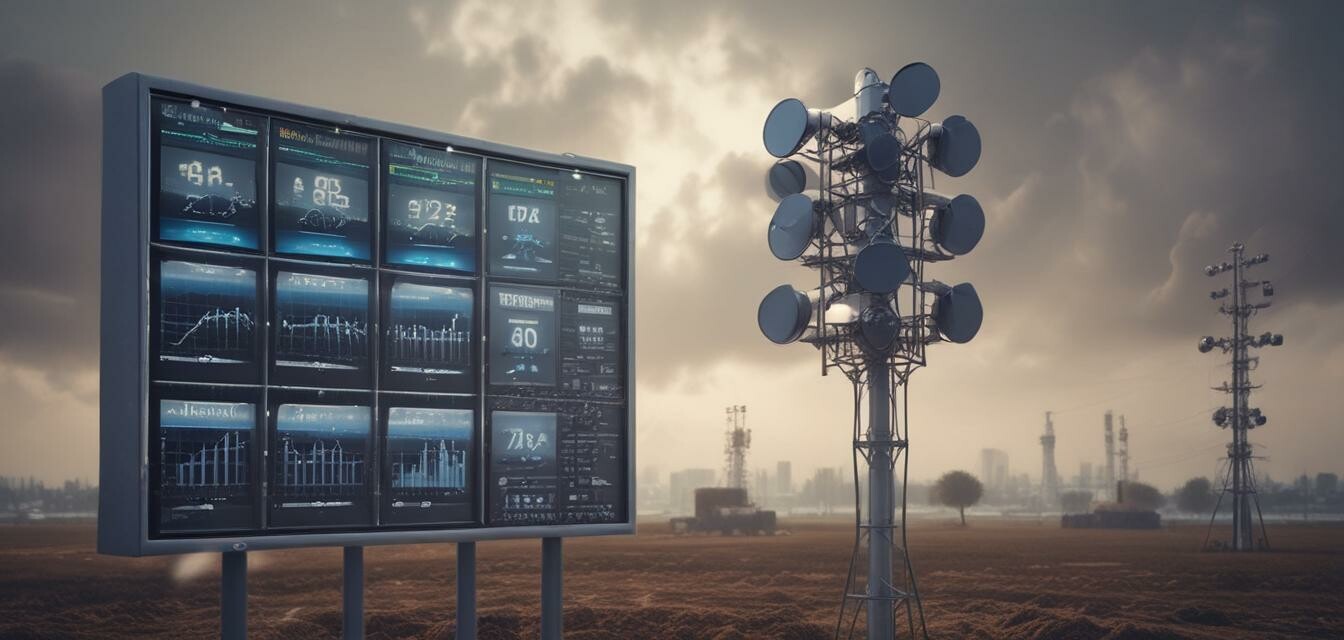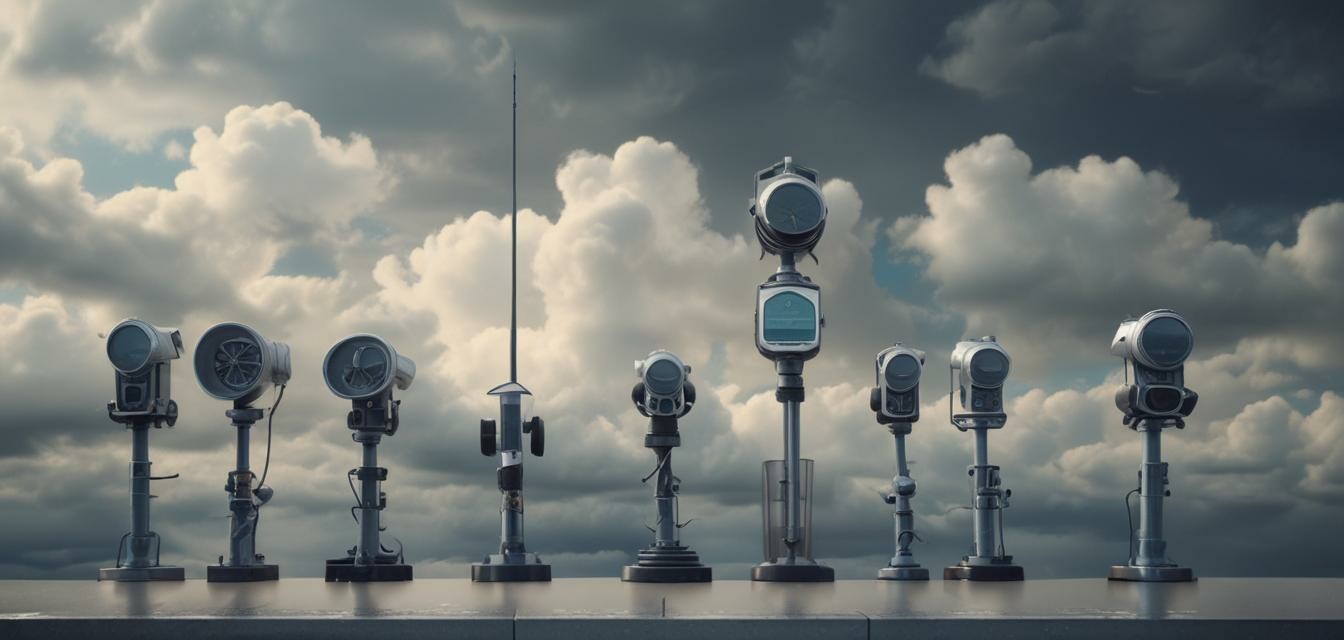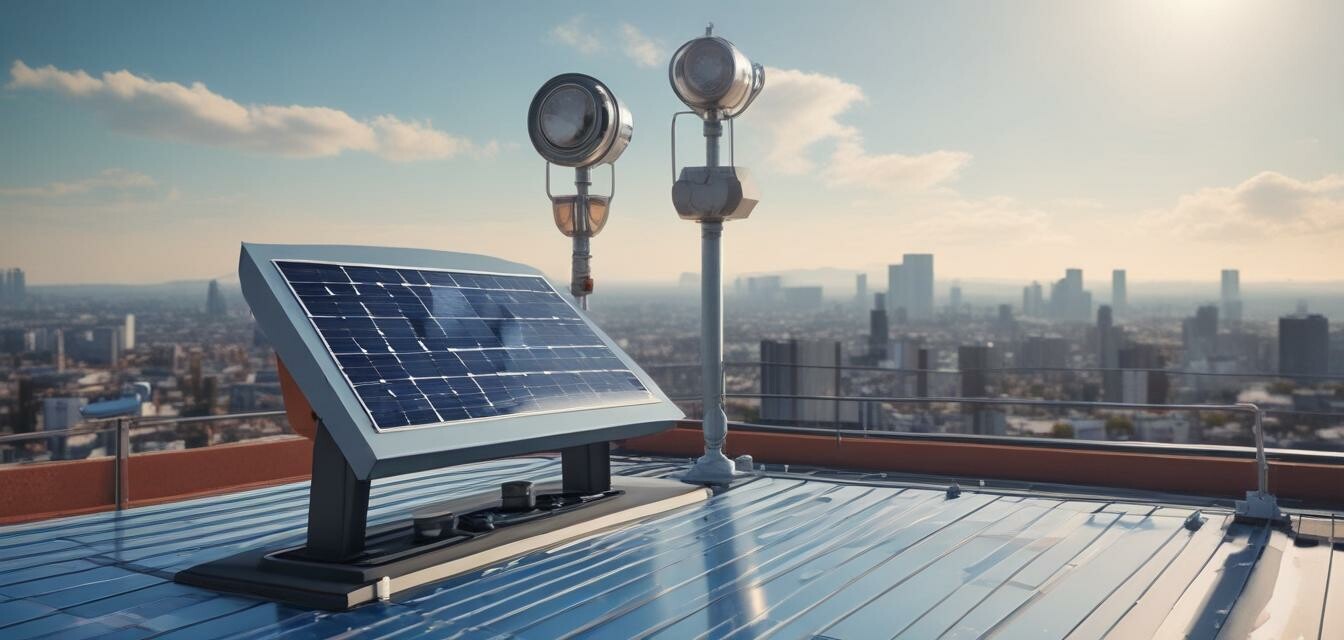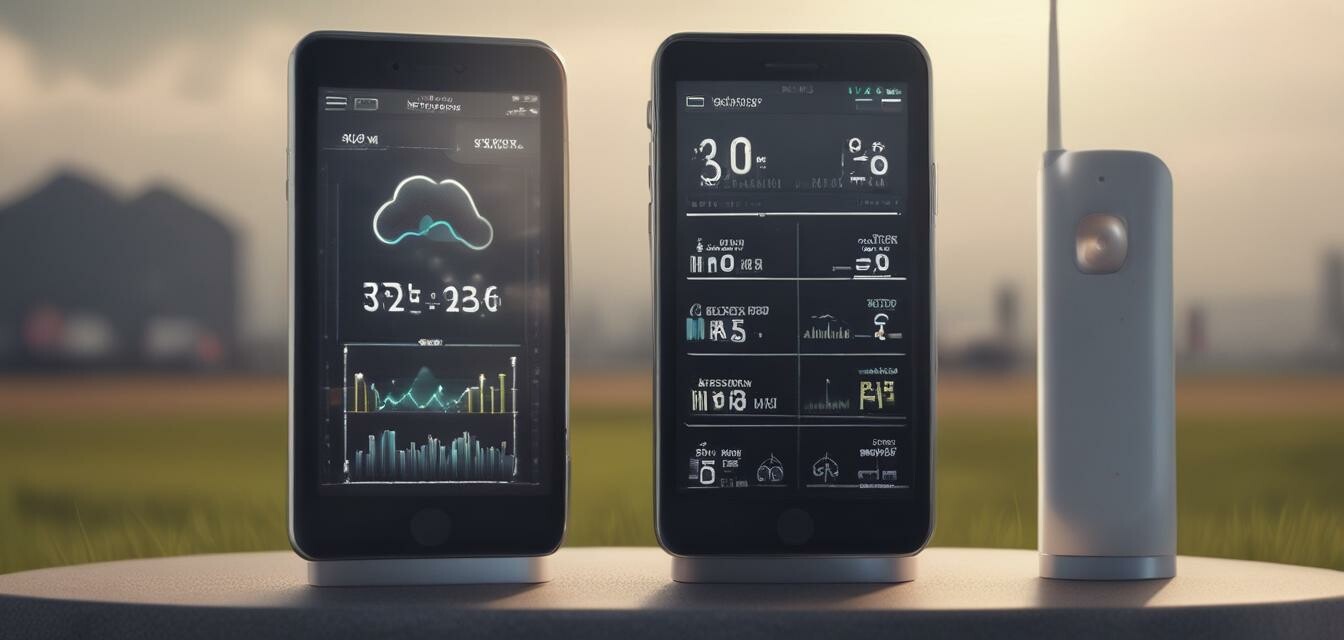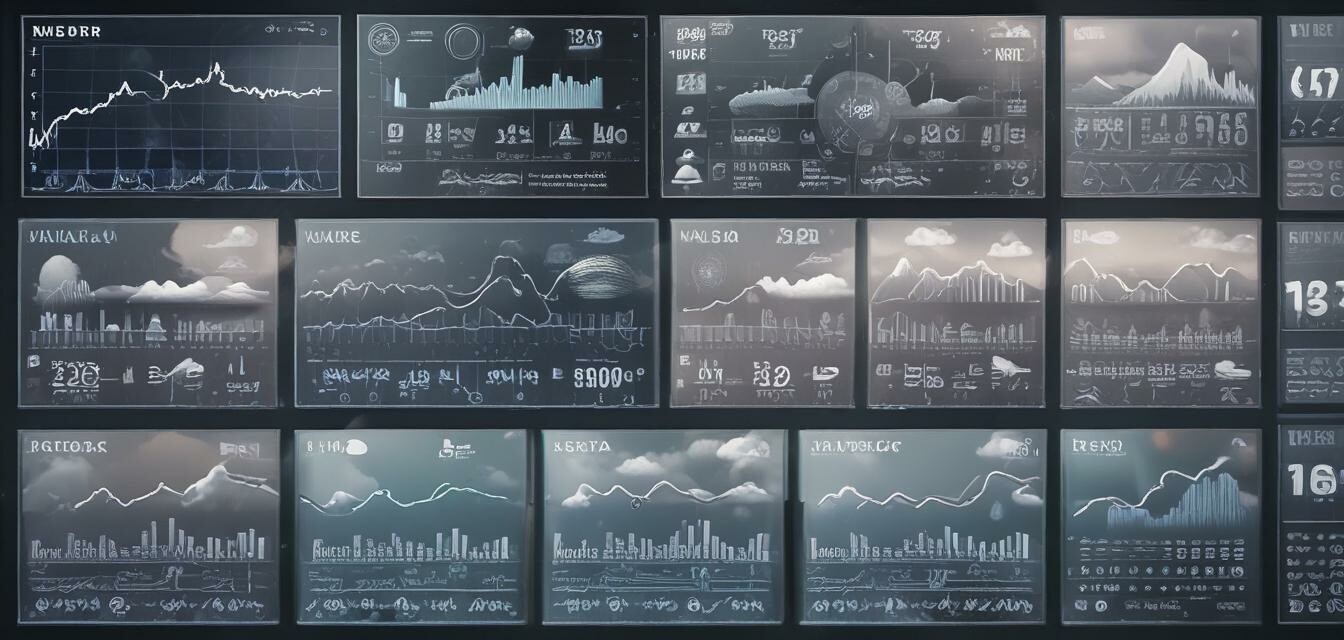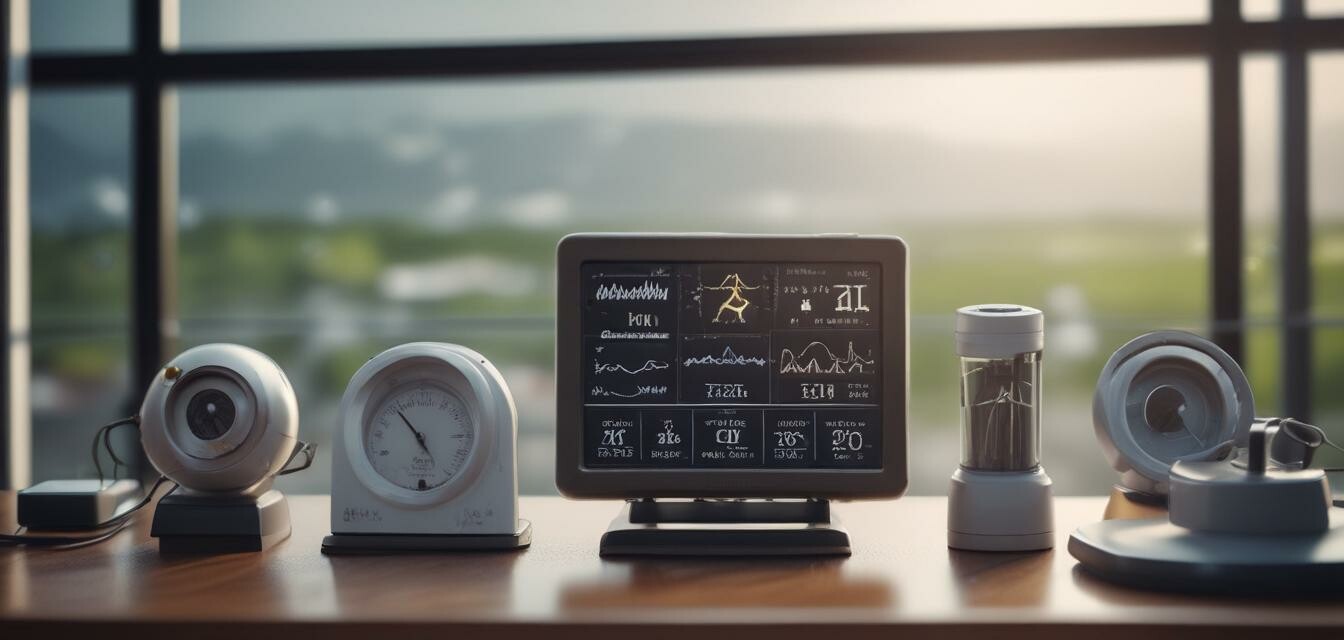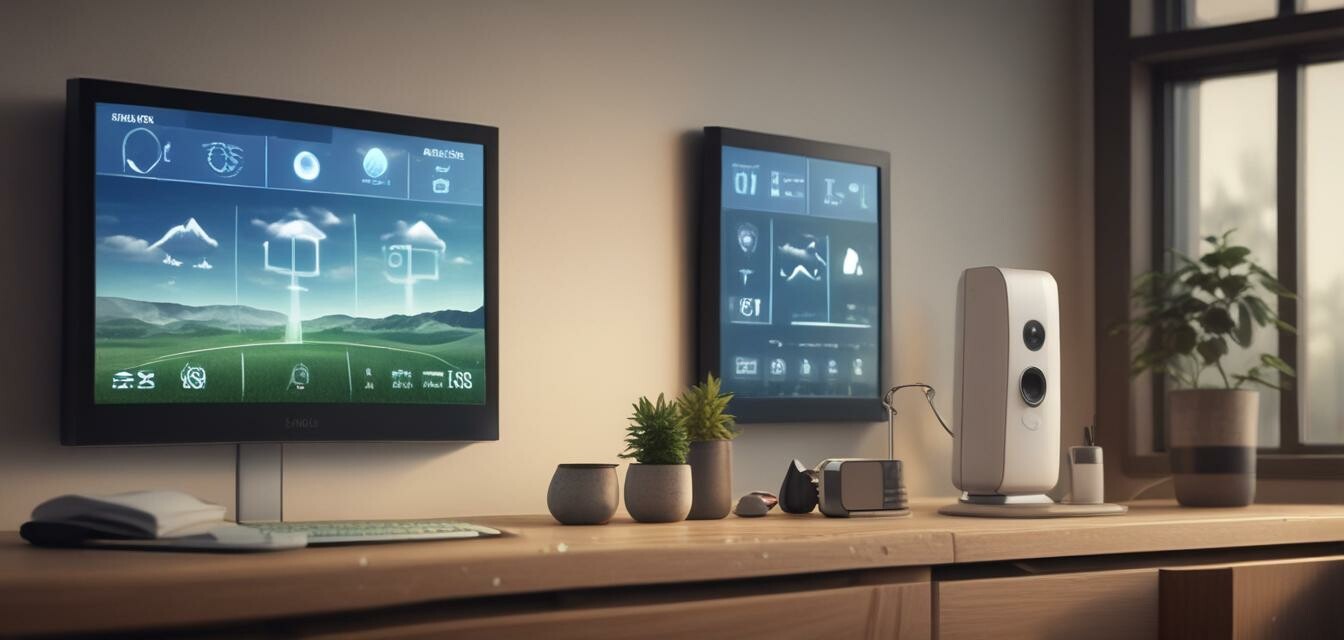
Advanced Sensor Technology: The Backbone of Modern Weather Gadgets
Weather enthusiasts and researchers rely heavily on accurate and reliable data to understand and predict weather patterns. This is where advanced sensor technology comes into play. In this article, we'll delve into the world of cutting-edge sensors that power modern weather gadgets, enabling us to better comprehend the complexities of the atmosphere.
Key Takeaways
- Advanced sensors in weather gadgets provide accurate and reliable data
- Various sensor types, including temperature, humidity, wind, and pressure sensors, are used in modern weather stations
- These sensors enable real-time monitoring and prediction of weather patterns
What are Advanced Sensors?
In the context of weather gadgets, advanced sensors refer to highly sensitive and accurate devices that measure various environmental parameters. These sensors are designed to provide precise data, even in extreme weather conditions. Some common types of advanced sensors used in modern weather stations include:
| Sensor Type | Function |
|---|---|
| Temperature Sensors | Measure ambient temperature, often with an accuracy of ±0.1°C |
| Humidity Sensors | Measure relative humidity, often with an accuracy of ±2% |
| Wind Sensors | Measure wind speed and direction, often with an accuracy of ±0.1 m/s |
| Pressure Sensors | Measure atmospheric pressure, often with an accuracy of ±0.1 hPa |
How Do Advanced Sensors Work?
Advanced sensors in weather gadgets typically employ cutting-edge technologies, such as:
- Microelectromechanical Systems (MEMS) technology, which enables the creation of tiny, high-precision sensors
- Optical and infrared sensors, which measure temperature and humidity using light waves
- Capacitive sensors, which measure humidity and pressure using changes in capacitance
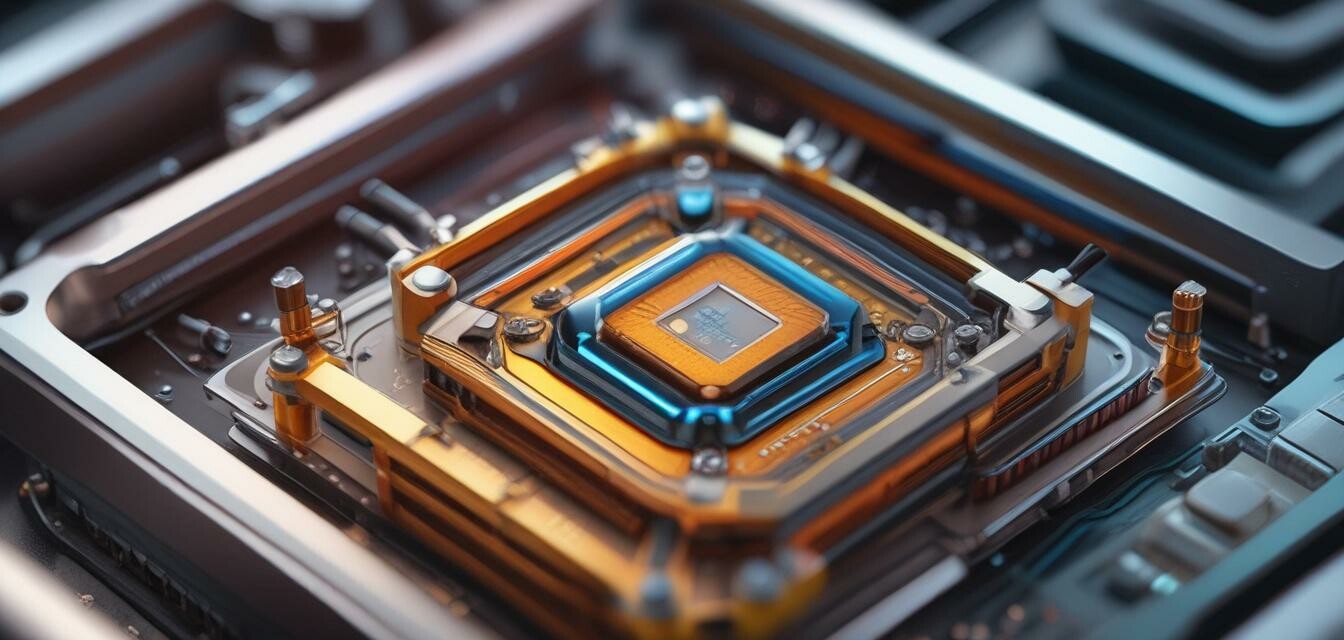
Benefits of Advanced Sensors in Weather Gadgets
The use of advanced sensors in modern weather gadgets offers several benefits, including:
Pros
- Highly accurate and reliable data
- Real-time monitoring and prediction of weather patterns
- Improved forecasting and warnings for severe weather events
Cons
- Higher cost compared to traditional sensors
- Requires advanced calibration and maintenance
- May be sensitive to environmental factors, such as dust and moisture
Applications of Advanced Sensors in Weather Gadgets
Advanced sensors are used in a wide range of weather gadgets, including:
- Wi-Fi Weather Stations, which provide real-time data and remote monitoring capabilities
- Smart Thermometers, which offer high-precision temperature measurements
- Rain Gauges, which accurately measure precipitation levels
- Digital Anemometers, which measure wind speed and direction

Conclusion
In conclusion, advanced sensor technology plays a vital role in modern weather gadgets, enabling accurate and reliable data collection. By understanding the different types of sensors and their applications, weather enthusiasts and researchers can make informed decisions when choosing the right weather gadget for their needs.
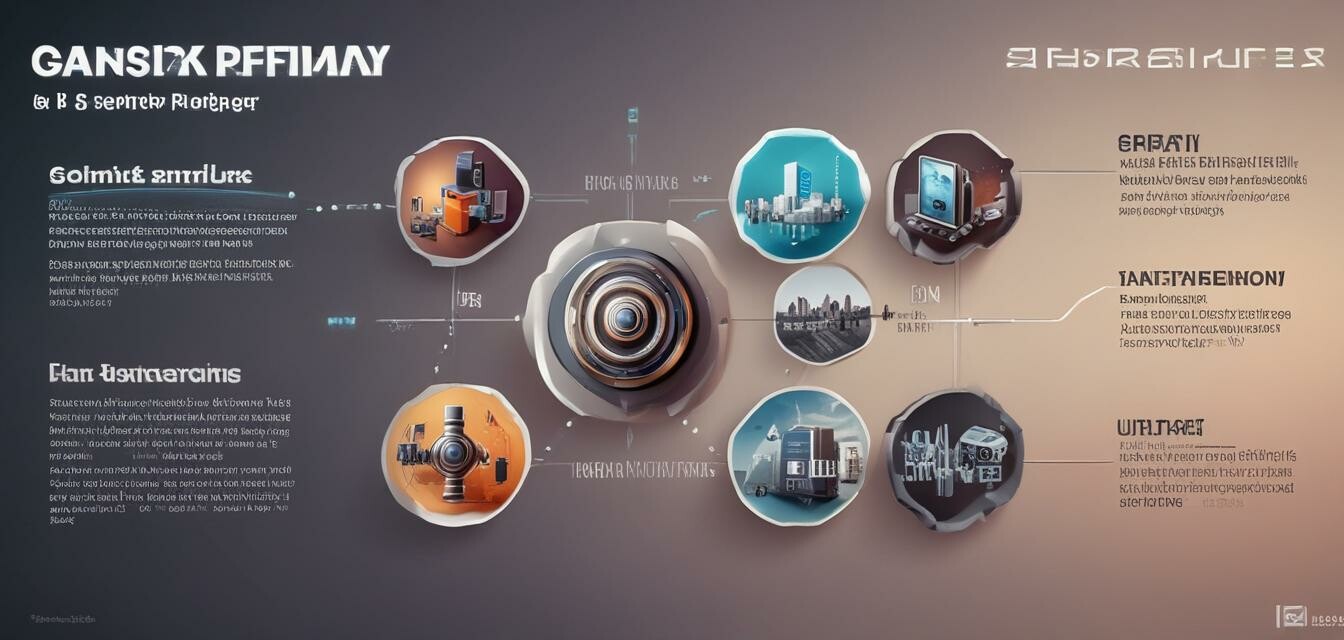
Beginners Section
- When choosing a weather gadget, consider the type of sensors used and their accuracy
- Look for weather gadgets with advanced sensor technology for more reliable data
- Regularly calibrate and maintain your weather gadget to ensure optimal performance

